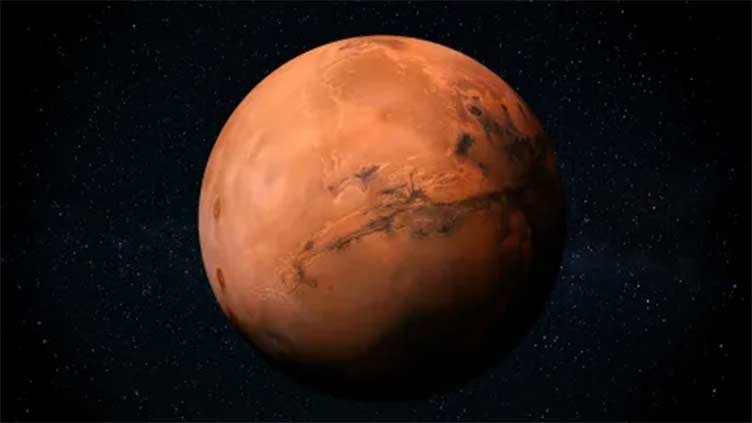On May 4, 2022, NASA’s InSight lander made a groundbreaking discovery on Mars by detecting the largest recorded quake on the red planet, measuring at a 4.7 magnitude. While this magnitude may appear modest when compared to Earth’s standards, it signifies a significant event on Mars.
Unlike Earth, Mars lacks the geological process of plate tectonics responsible for generating earthquakes. Initially, scientists suspected that a meteorite impact had caused this Marsquake. However, their search for an impact crater turned up empty, leading to a revised conclusion that this seismic activity resulted from tectonic processes within the planet.
The findings challenge earlier assumptions and provide a deeper understanding of what triggers seismic activity on Mars. According to planetary scientist Ben Fernando from the University of Oxford in England, the lead author of the research published in the journal Geophysical Research Letters, “We concluded that the largest marsquake seen by InSight was tectonic, not an impact. This is important as it shows the faults on Mars can host hefty marsquakes. We really thought that this event might be an impact.”
The significance of this discovery is emphasized by Imperial College London planetary scientist Constantinos Charalambous, who serves as a study co-author and co-chair of InSight’s Geology Working Group, saying, “This represents a significant step forward in our understanding of Martian seismic activity and takes us one step closer to better unraveling the planet’s tectonic processes.”















